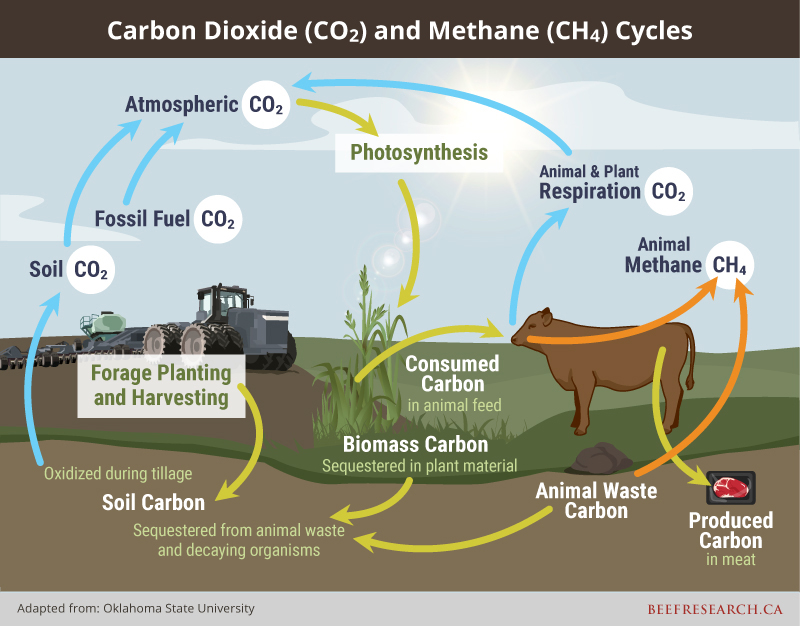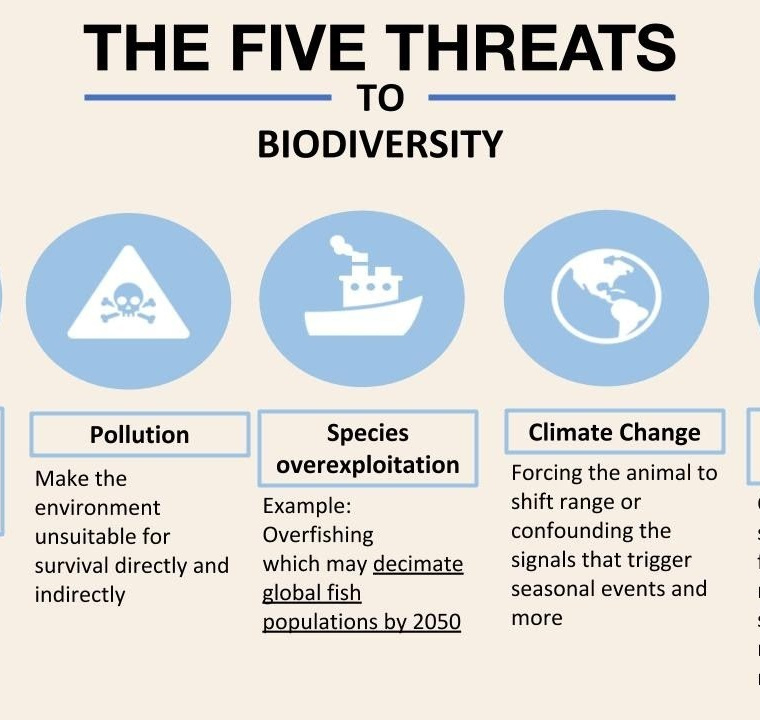Grasslands cover approximately 25% of the Earth’s land surface (approximately 3.4 billion ha) and contain roughly 12% of the terrestrial carbon stocks (1,2). Grasslands are dominated by herbaceous (nonwoody) vegetation and so—unlike forests—carbon within living aboveground vegetation is a small proportion of the total ecosystem carbon pool. Additionally, this aboveground biomass carbon is relatively short-lived due to harvest, grazing, fire, and senescence. In contrast, the perennial grasses that dominate grasslands are characterized by extensive fibrous root systems that often make up 60-80% of the biomass carbon in these ecosystems. This belowground biomass may extend several meters below the surface and contribute abundant carbon to soils, resulting in deep, fertile soils with high organic matter content. Because of this, soil carbon makes up approximately 81% of total ecosystem carbon found in grasslands (1). The tight linkage between soil carbon and belowground biomass results in similar responses of these carbon pools to variation in annual precipitation and temperatures at broad spatial scales. Because plant productivity is limited by precipitation in grasslands, carbon stocks are highest in regions where rainfall is the greatest, such as the tallgrass prairie in the humid temperate region of the United States. Similarly, grassland carbon stocks decrease with increasing annual temperatures due to greater evapotranspiration (3).
Grassland carbon loss impacts many critical functions within ecosystems, such as reducing water-holding capacity, increasing the potential for wind and water erosion, and diminishing soil fertility. Best management practices for maintaining or restoring carbon in grasslands should, at a minimum, reduce soil disturbance to optimize these soil and water processes. Practices beneficial for carbon management include the reduction or cessation of tillage or minimizing the duration of bare soils by planting cover crops when cultivation is necessary (for example, when planting food plots for wildlife prior to seeding native species for restoration). Determining proper stocking rates for grazed lands in order to prevent overgrazing is critical for maintaining both desired species composition and adequate plant cover and biomass input to soils. Similarly, the use of prescribed fire can prevent woody or undesirable species from invading grasslands, and in some systems, reduces the litter layer to increase plant productivity (16). Like stocking rates on grazed lands, the benefits of prescribed fire depend on the frequency of its use. Because nitrogen is lost from volatilization with fire, grasslands burned too frequently can show poor plant productivity and low tissue nitrogen levels, indicative of low soil nitrogen levels (17). Grasslands impacted by a history of cultivation, overgrazing, fire suppression actions, or other disturbances to soils or plant communities can be restored through removal or careful management of the disturbance, and if plant cover or composition has been impacted severely, seeding of native species appropriate for the site.
Ontl, T.; Janowiak, M. 2017. Grassland and Carbon Management. (June, 2017). U.S. Department of Agriculture, Forest Service, Climate Change Resource Center. https://www.fs.usda.gov/ccrc/topics/grassland-carbon-management





